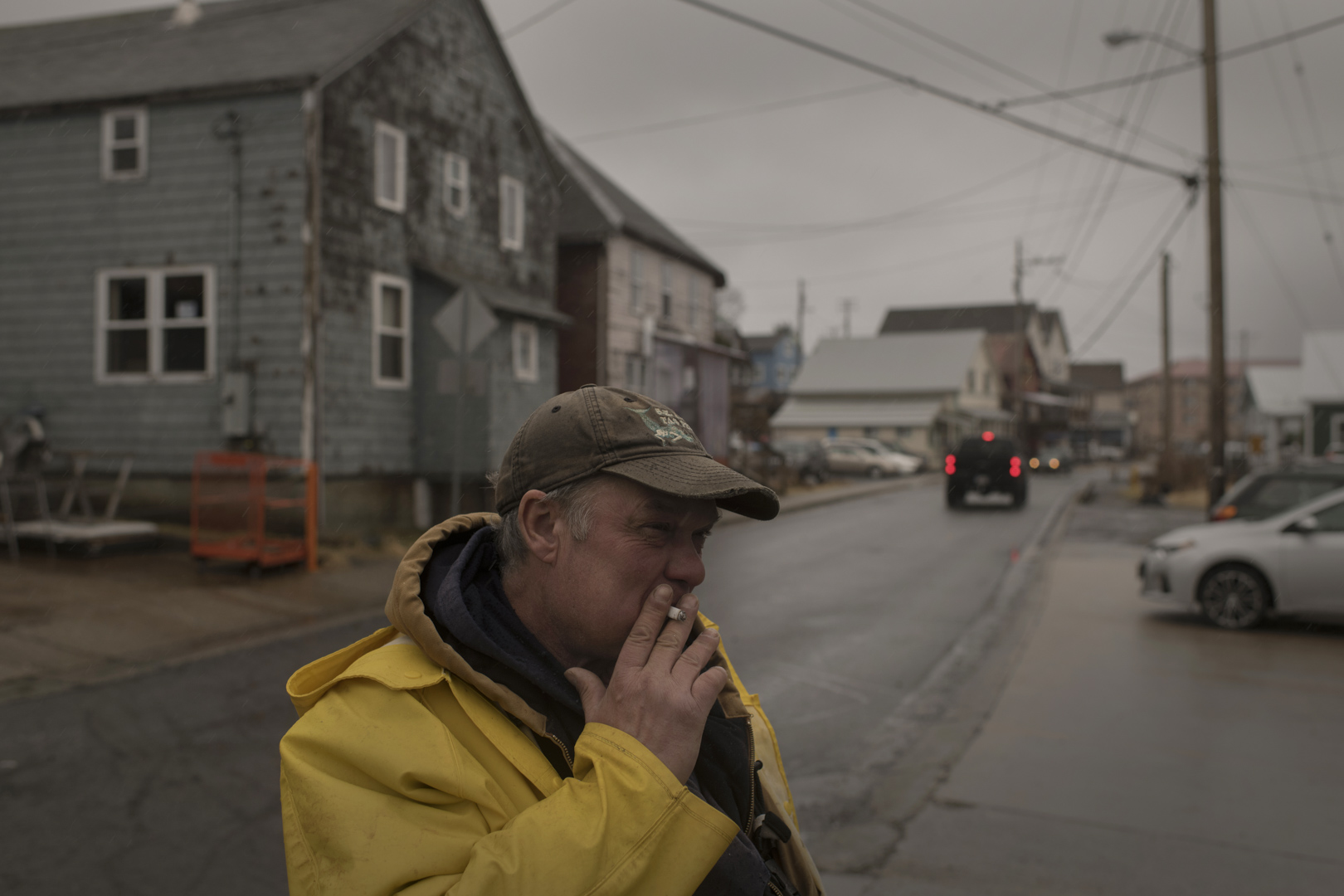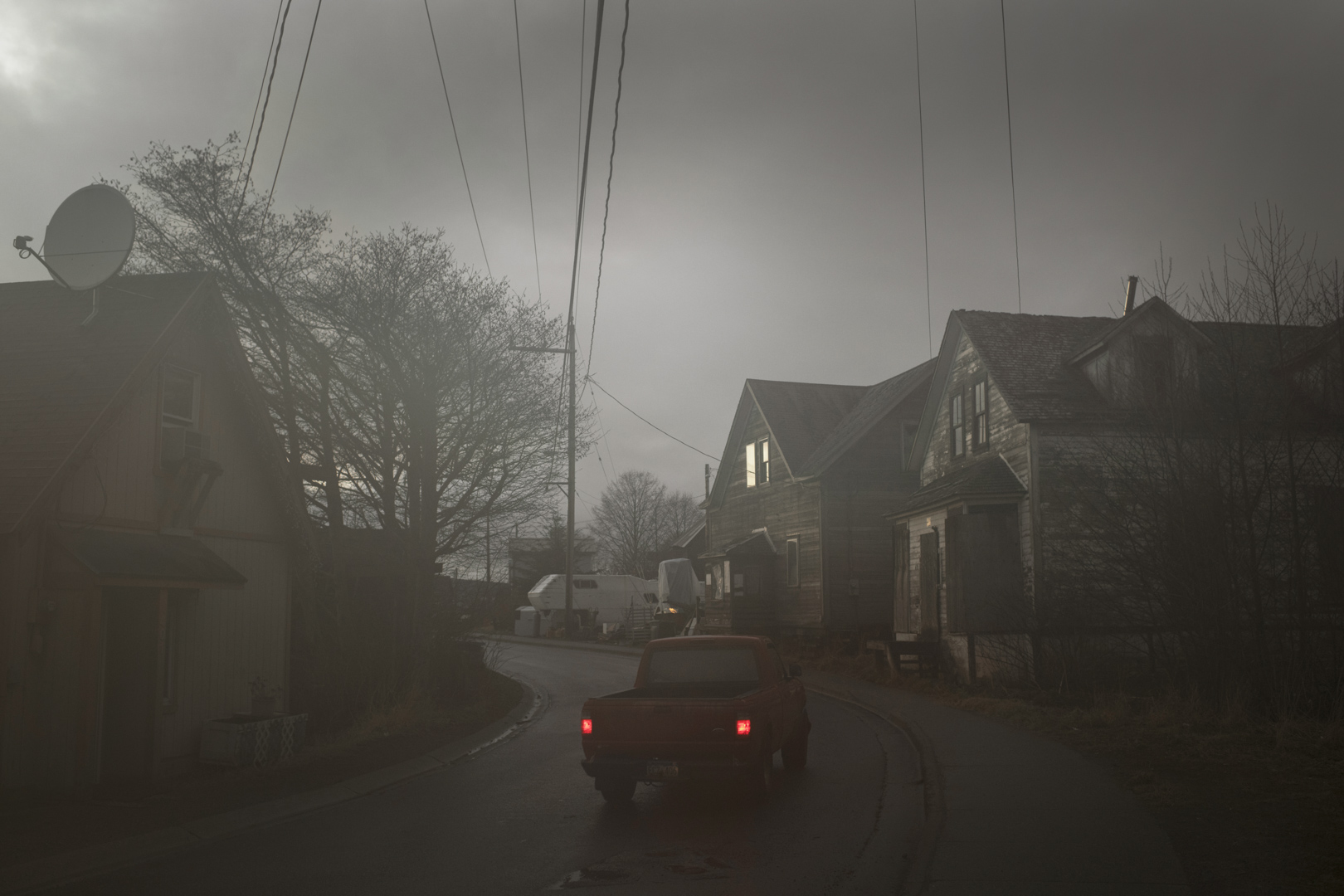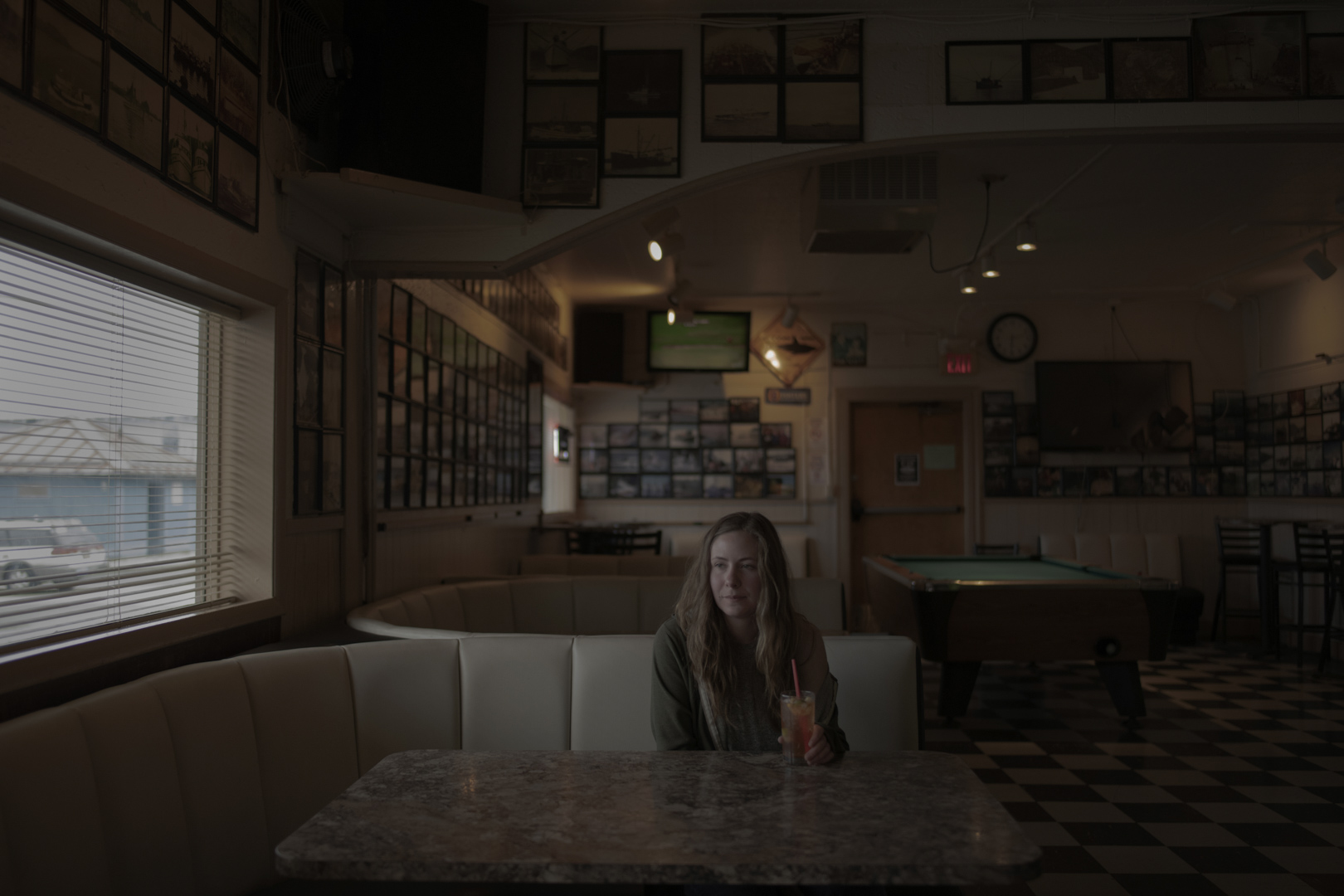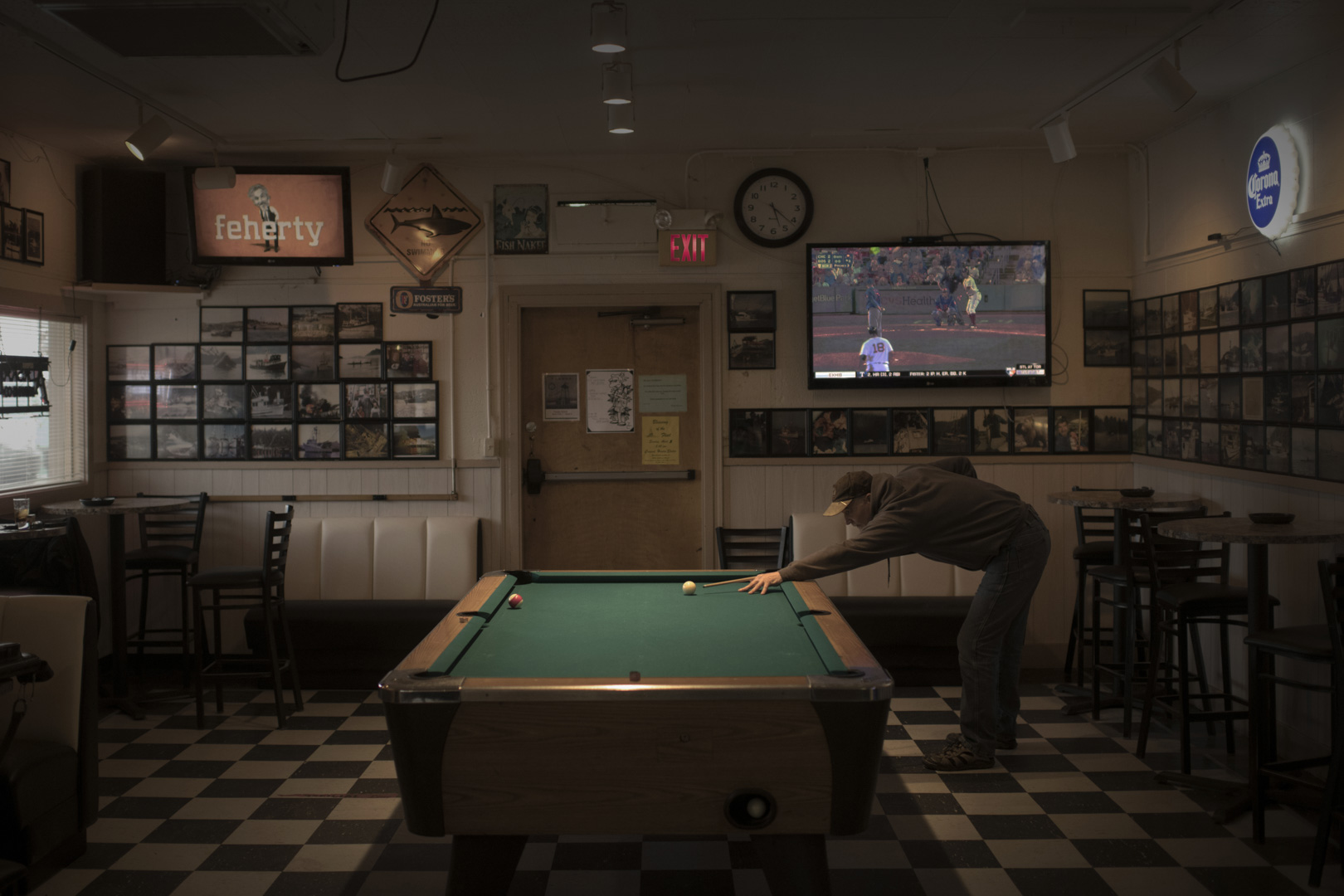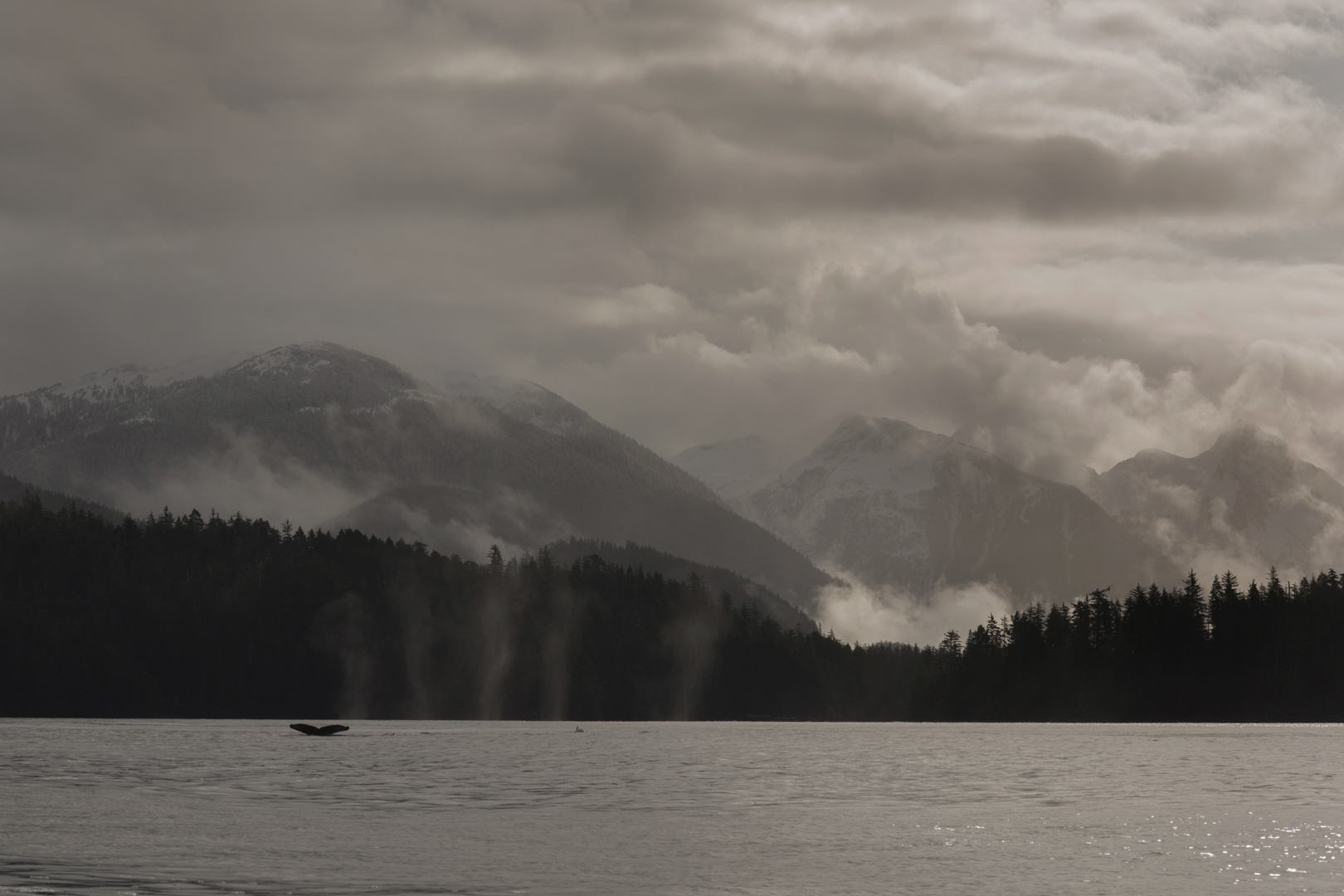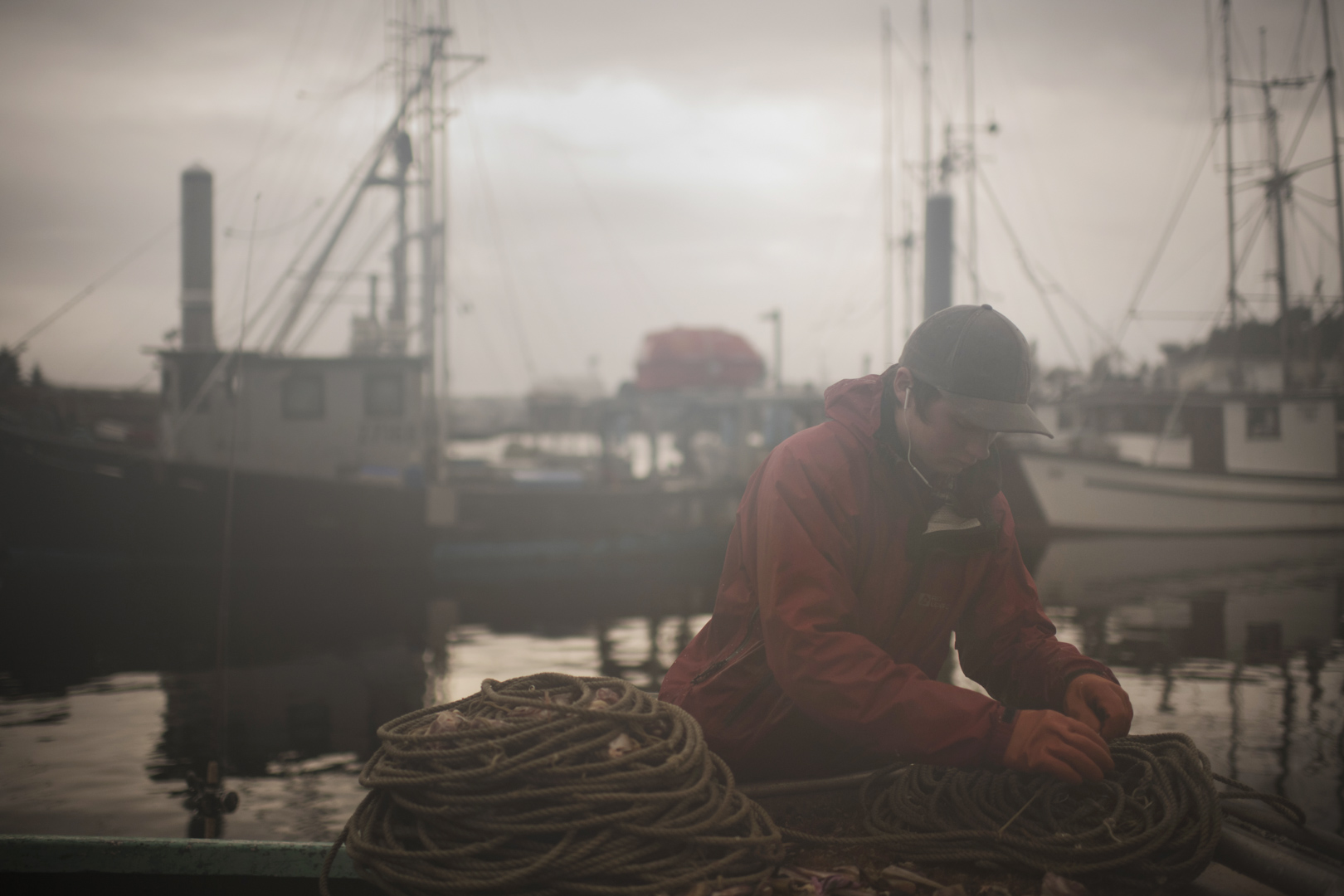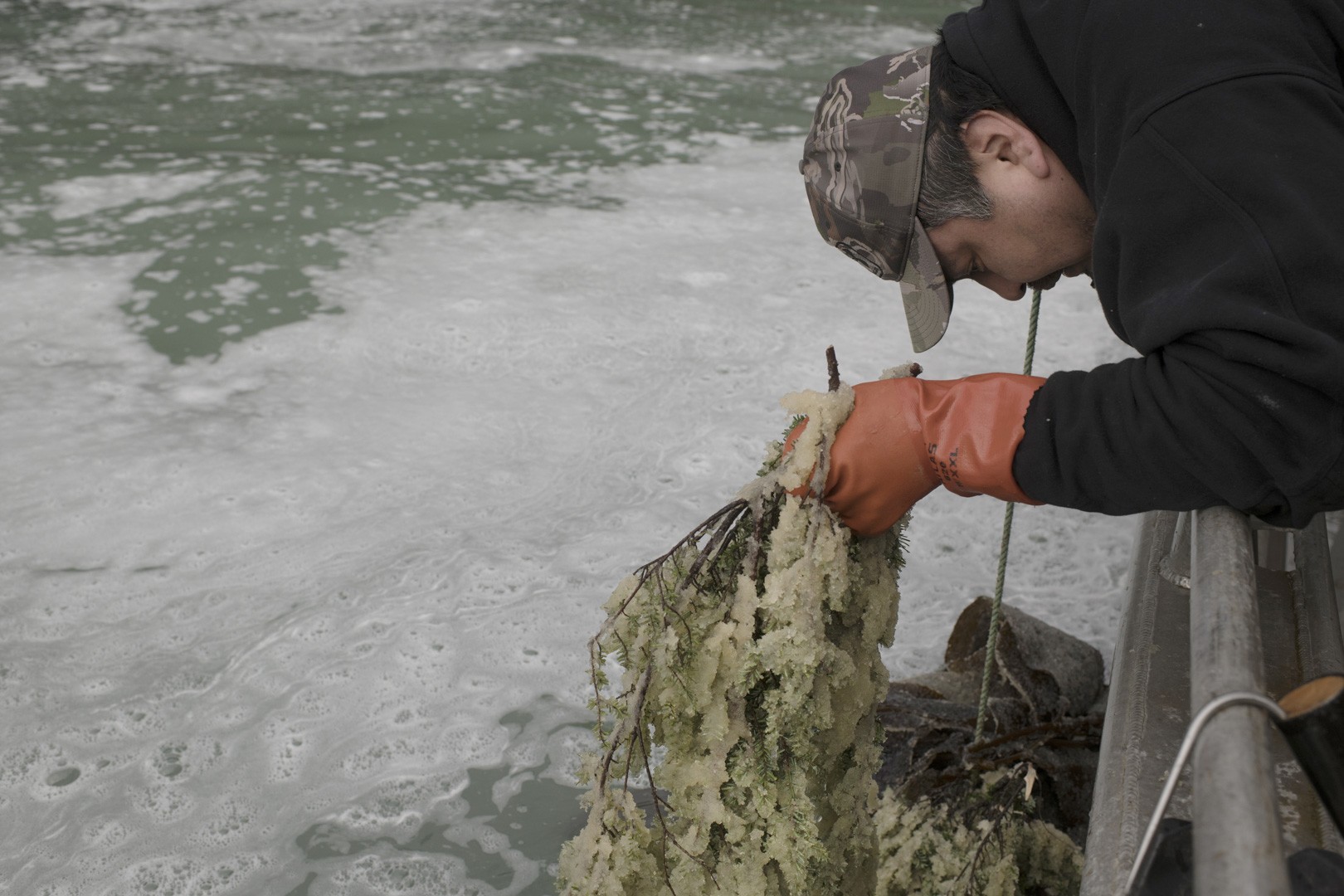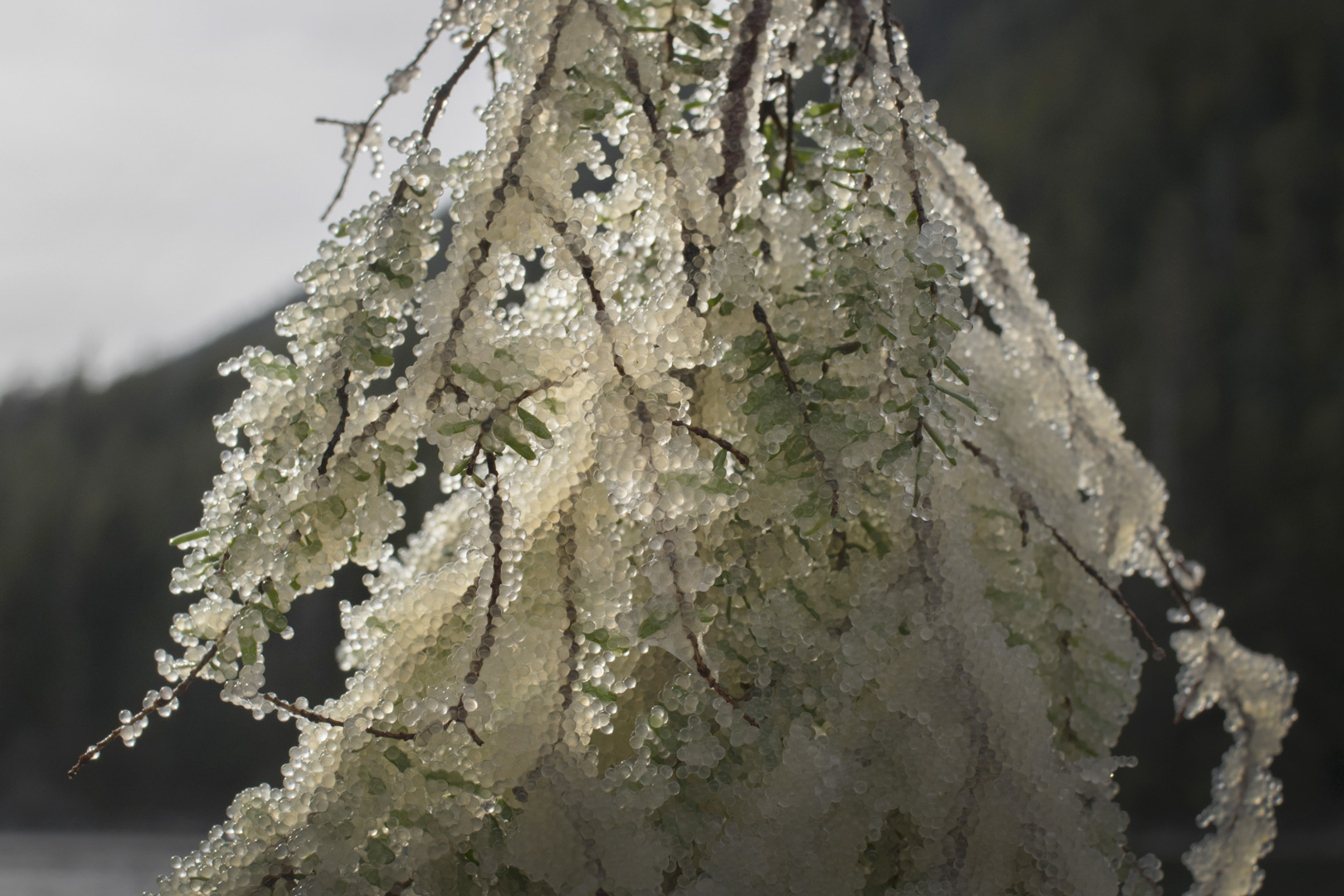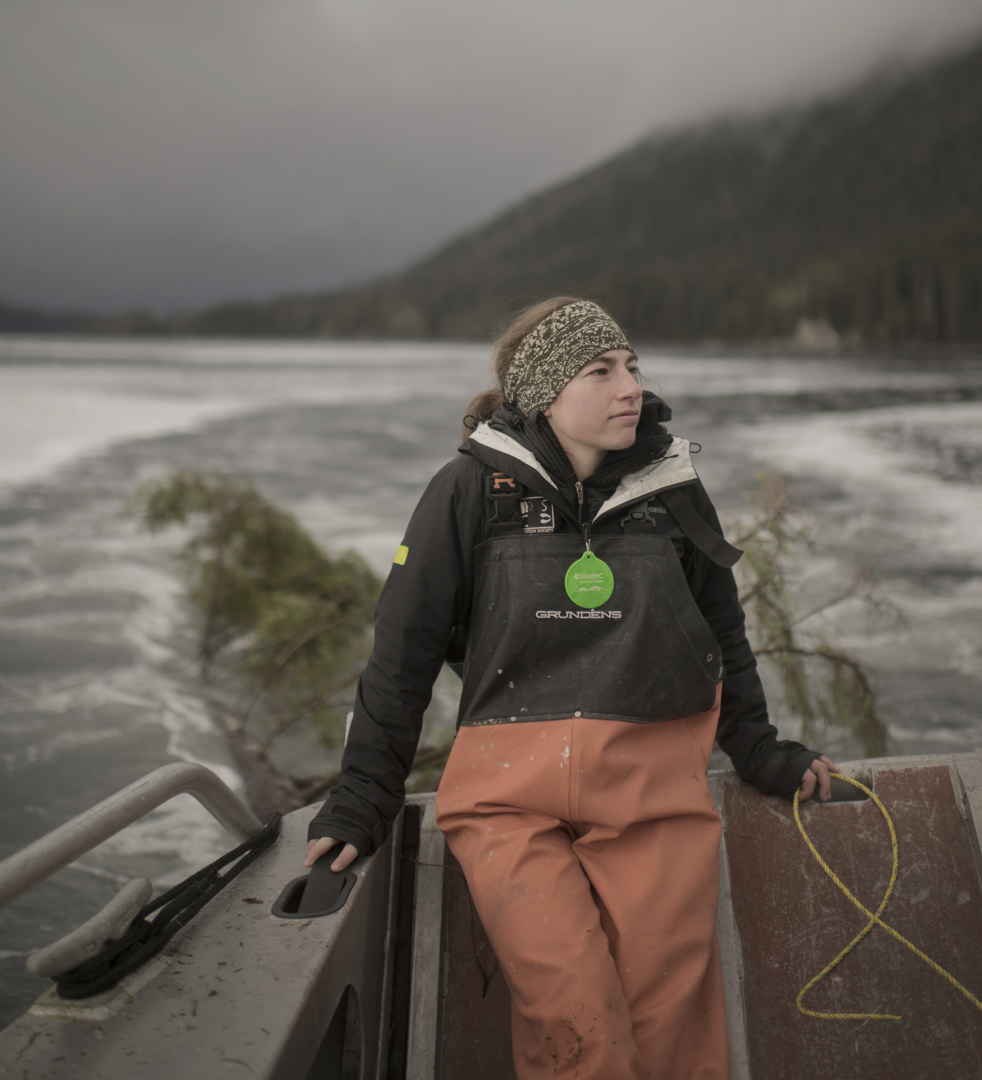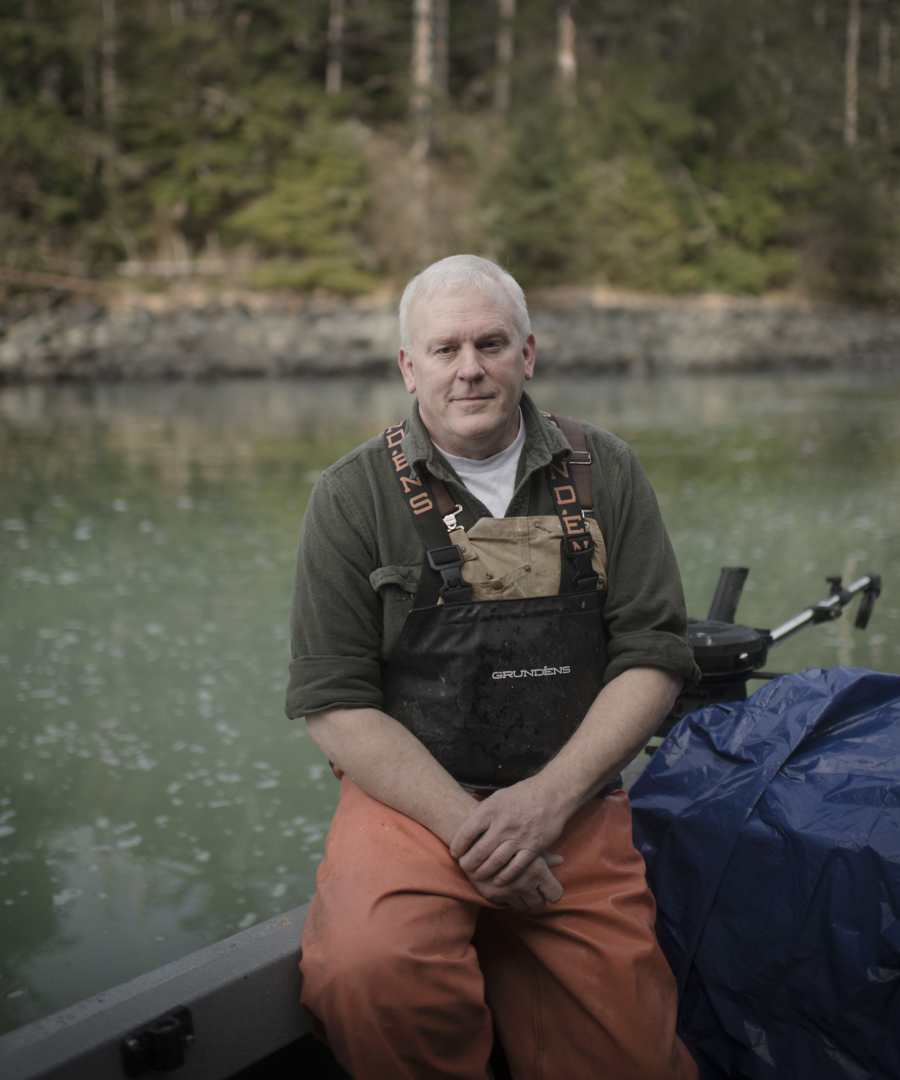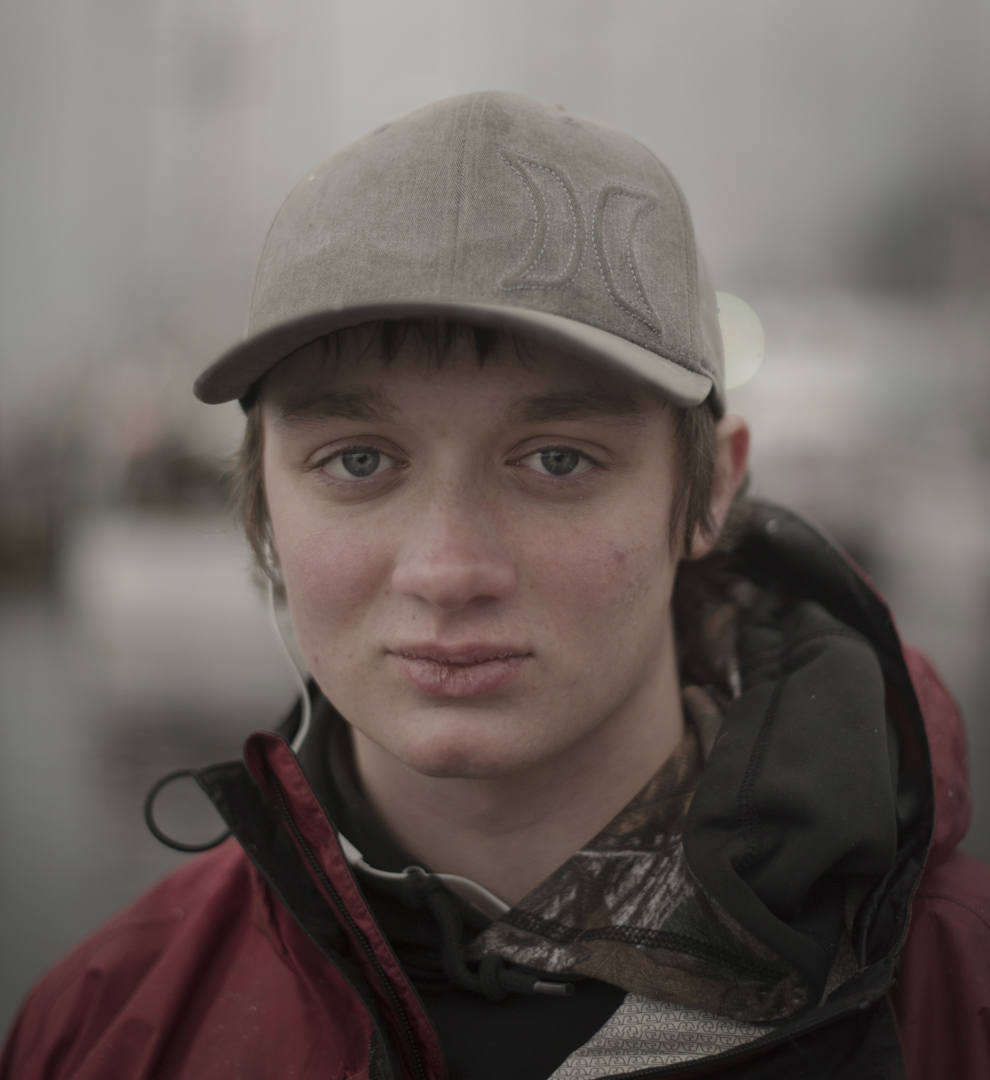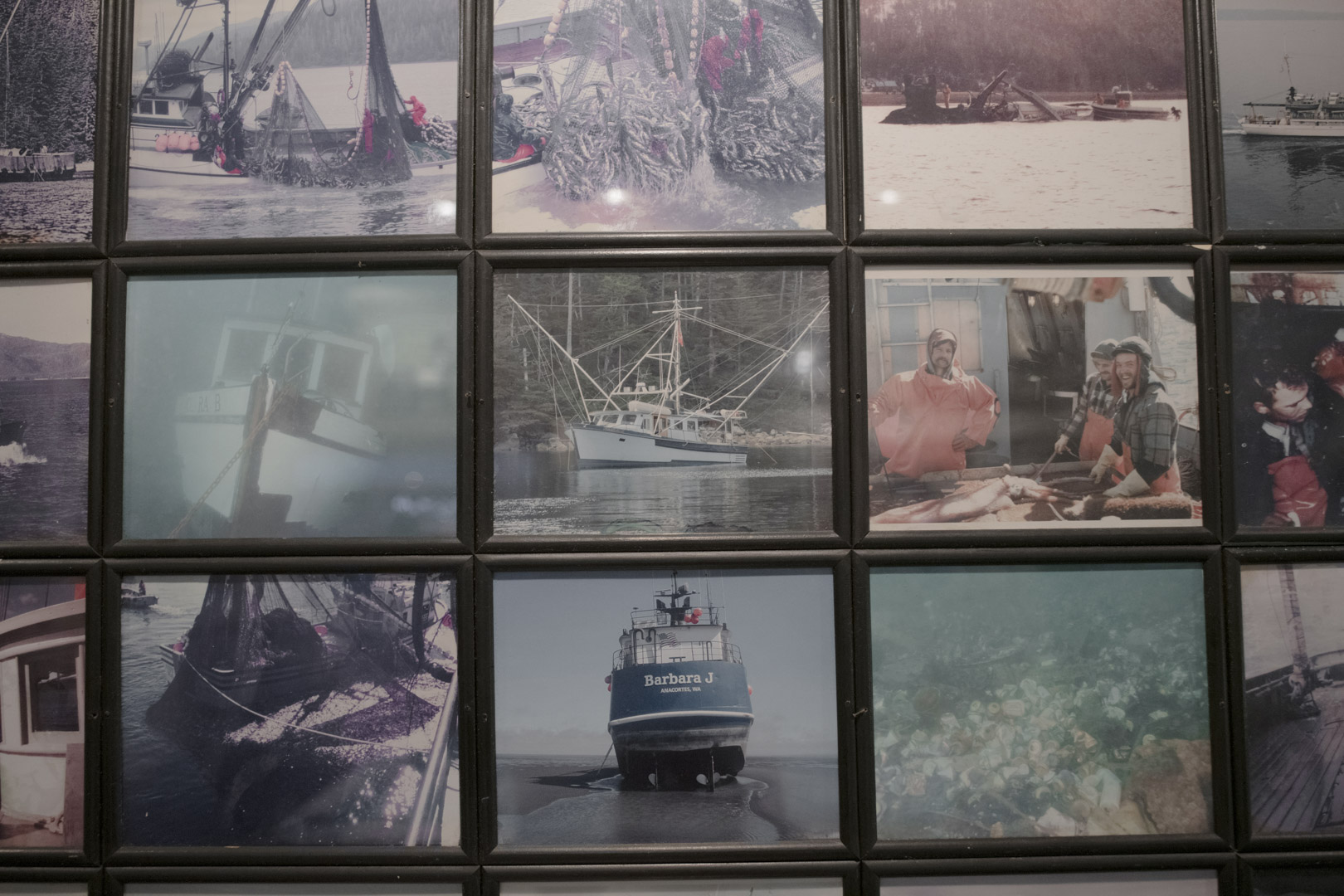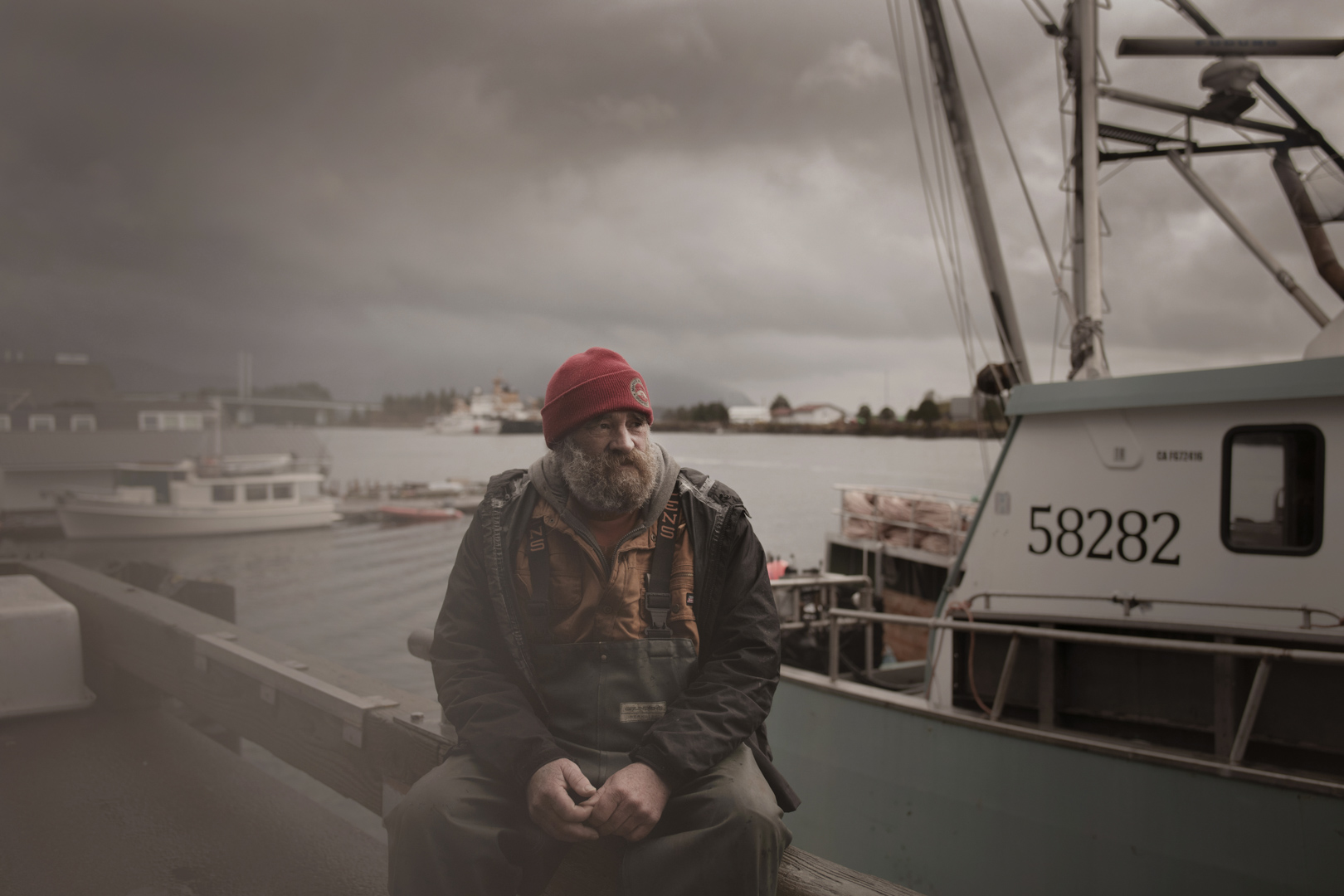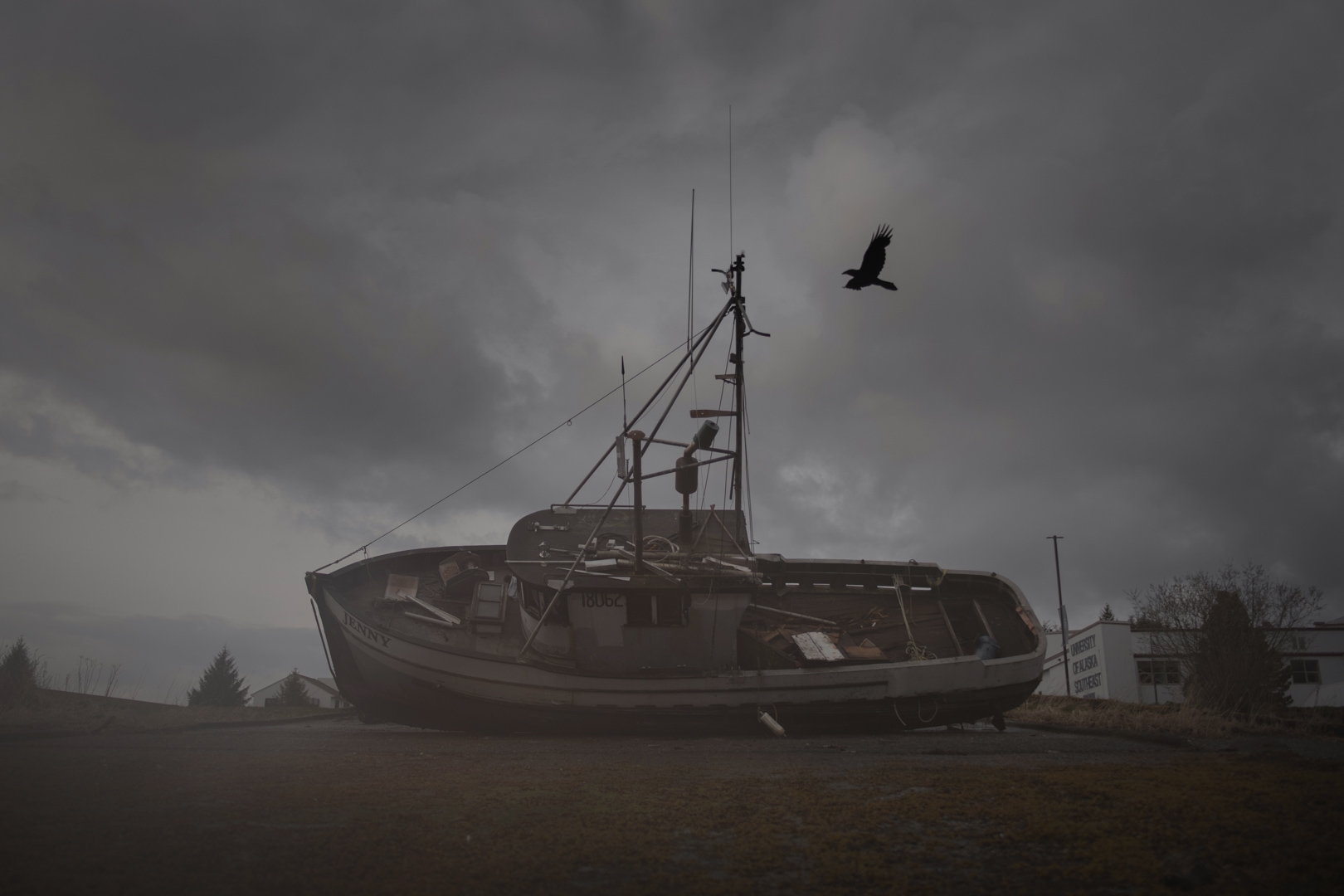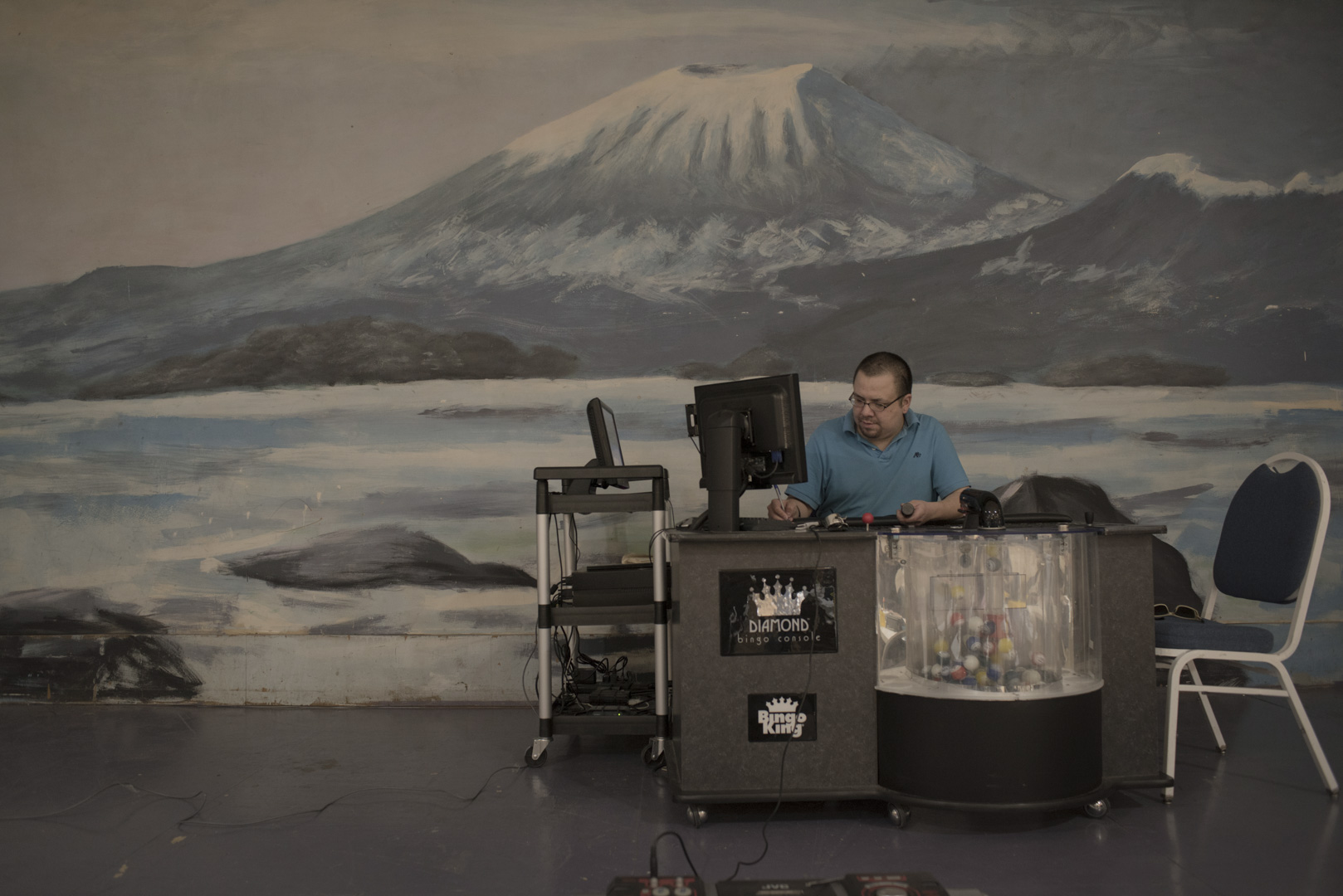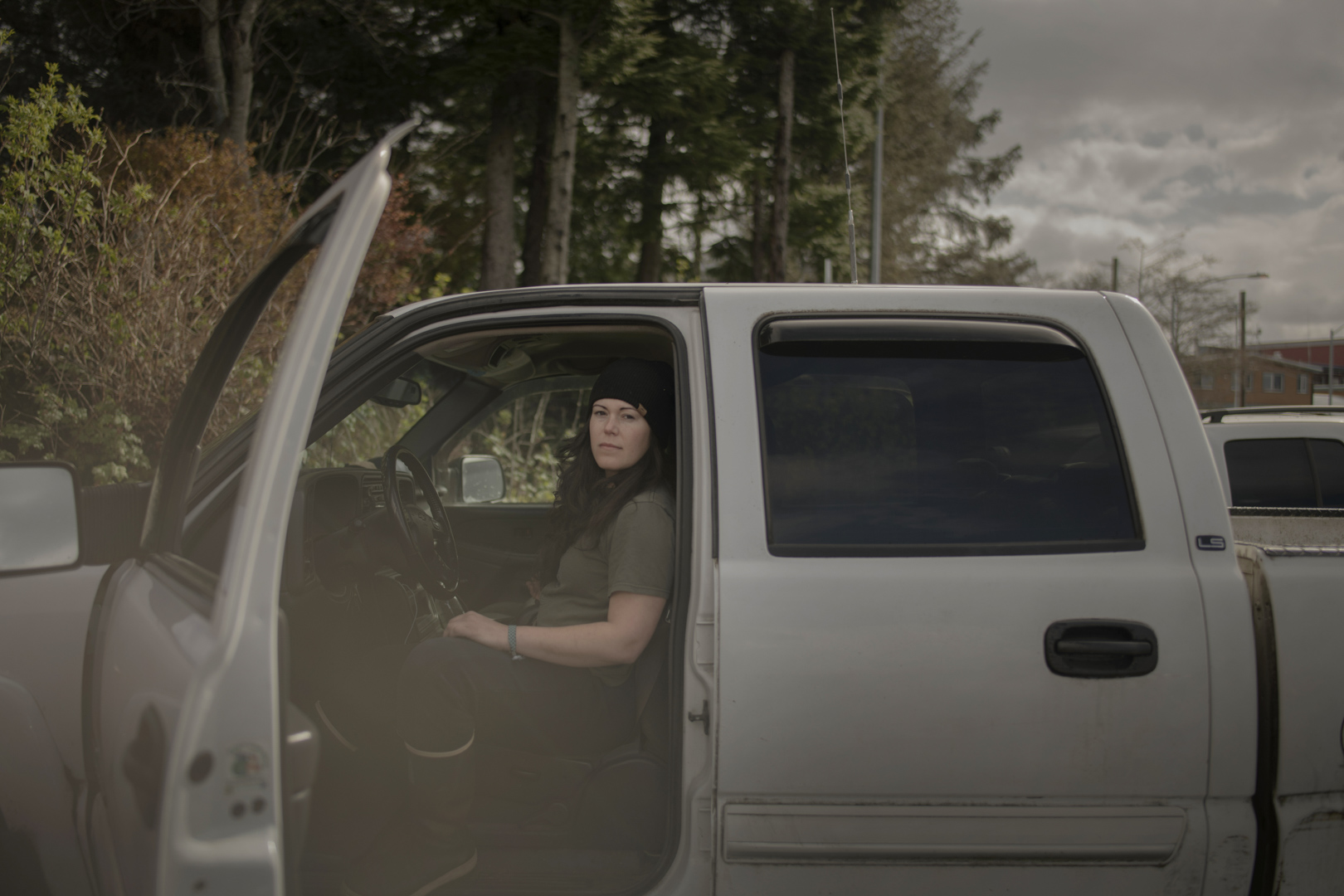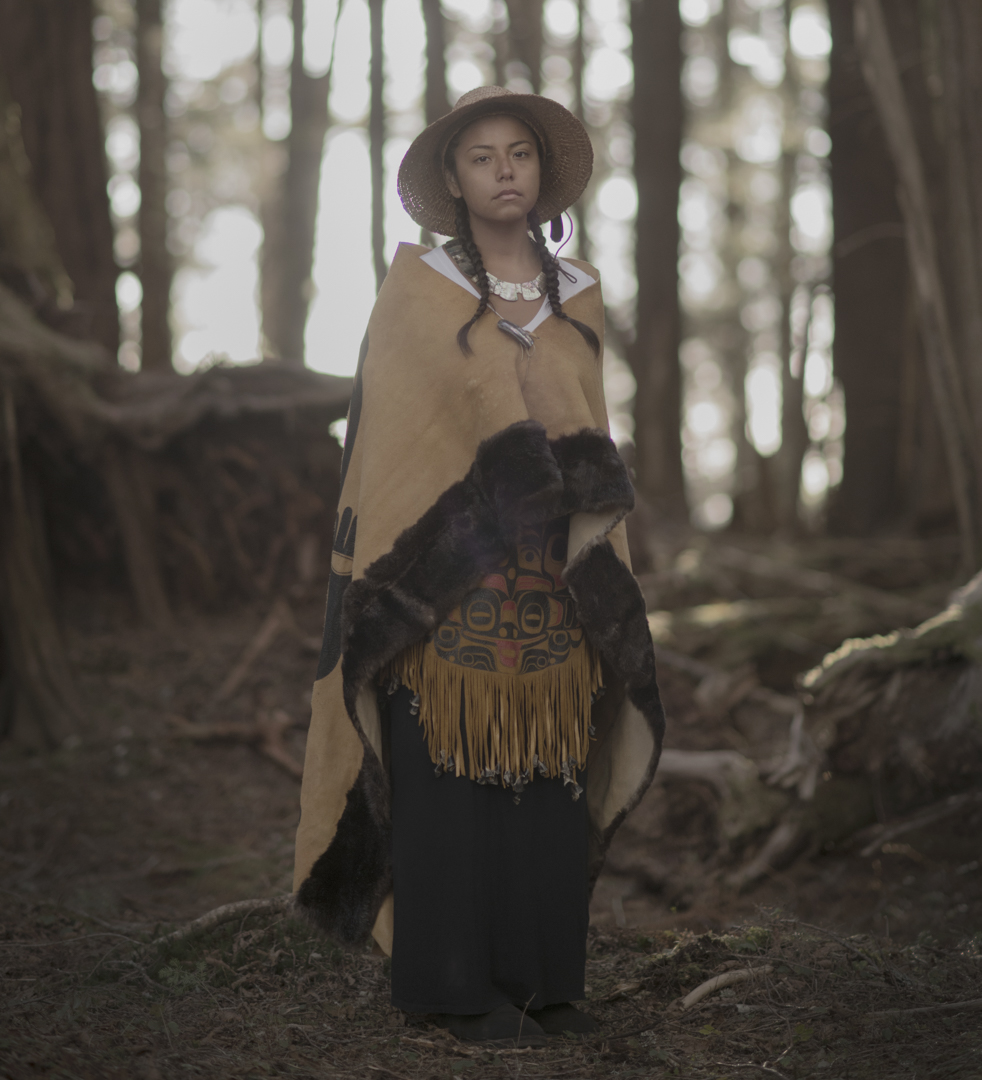Industrial and Ecological Impacts on Alaskan Fisheries, 2018
The port of Sitka, Alaska, has been the home of one of the most important herring derbies on the North Pacific coast for over thirty years. Every year, around April, several hundred fishing boats from all over the coast meet in Sitka and then set sail for 24 to 48 hours of miraculous fishing. However, in 2019, not a single boat left the port. No herring was fished.
The contrast is alarming: if 2009 was a record year with the most successful fishing season in the history of the Sitka derby, in 2018, the fishing quota was not even reached: the fault lies with herring that were too few in number and too small to meet market expectations.
In 2019, the Alaskan Department of Fish and Game had to announce the outright cancellation of the event, but it has been some time since professional fishermen from the Pacific no longer make the trip to Alaska. Climate change, combined with the industrial overfishing of previous decades, is undoubtedly responsible for the drop in observed biomass and, therefore, the scarcity of fish.
The fishermen, supported by the organization “Sitka Tribe of Alaska” (STA), are alarmed by the economic and ecological repercussions of overfishing and are campaigning for the return of sustainable fishing whose goal is not to supply international markets but to feed the local population.
In November of the year 2020, the Sitka tribe of Alaska won another victory in their legal battle with the state over the management of the commercial herring fishery. Next week, the court will hear new arguments and decide whether the state has met its constitutional responsibilities in its management of the fishery.
In March of this year, Judge Daniel Schally had already acknowledged that the state had failed to demonstrate that it was providing a “reasonable opportunity” to fishers.

